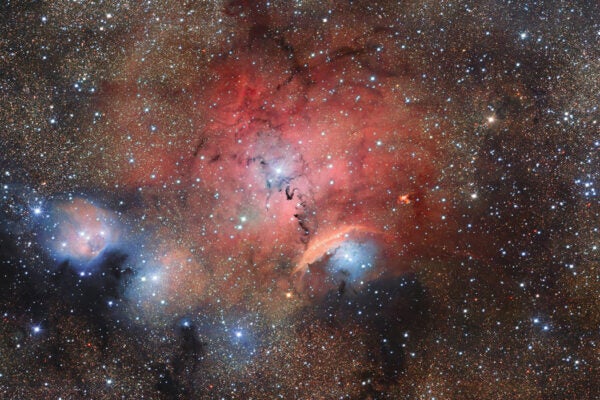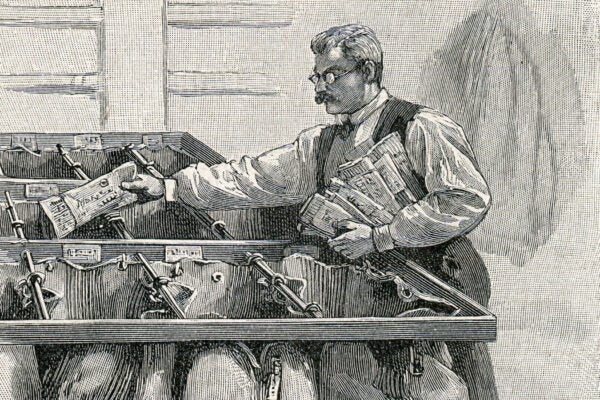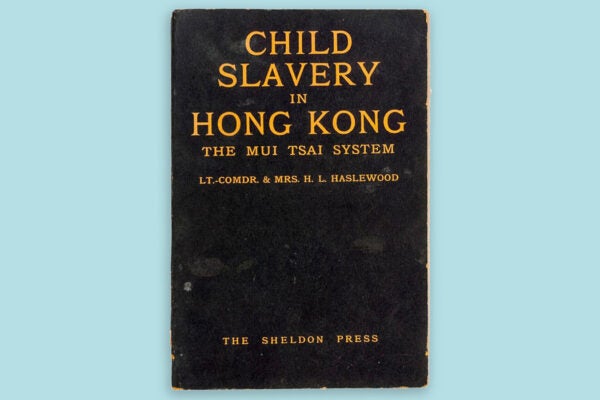How the Universe Forges Stars from Cosmic Clouds
A deep dive into the chaotic journey of star formation.
The Vital Near-Magic of Fire-Eating Fungi
As wildfires grow in size and severity, researchers are learning more about the burn scar pioneers that are foundational to ecosystem recovery.
Growing Guerrilla Warfare
American resistance to the Nazis had its roots the skills of Spanish Civil War veterans, who were recruited by the OSS when they returned from Spain.
The Long History of Live Animal Export
The practice of live animal export from Australia is controversial and complex, and it has a longer history than you might realize.
Wasp Viruses, Athleisure, and Humans in Flight
Well-researched stories from Ars Technica, Big Think, and other great publications that bridge the gap between news and scholarship.
Haunted Soldiers in Mesopotamia
In ancient Mesopotamia, many medical disorders were attributed to ghosts, including mental problems faced by men who had spent years at war.
Debt-Trap Diplomacy
How justified are recent claims that China has been buying significant quantities of debt to undermine the sovereignty of African nations?
The Post Office and Privacy
We can thank the postal service for establishing the foundations of the American tradition of communications confidentiality
The British Empire’s Bid to Stamp Out “Chinese Slavery”
The mui tsai custom, which the British saw as a Chinese practice, relied on connections made across the multiracial landscape of colonial Malaya.
Tramping Across the USSR (On One Leg)
Historian Sheila Fitzpatrick explores the limits of the Stalinist system through the biography of a marginal figure, one Anastasia Emelianovna Egorova.









